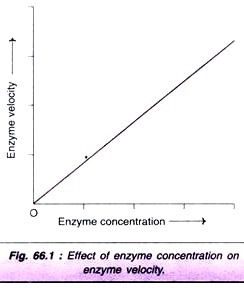Read this article to learn about the Life Cycle of Ancylostoma !
Phylum: Aschelminthes
Class: Nematoda
Order: Strongyloidea
Genus: Ancylostoma
Species: duodenale
Ancylostoma duodenale is a parasitic nematode worm and commonly known as the hookworm of human intestine. It exhibits distinct sexual dimorphism i.e. male and female sex are separate (fig. 9.20). Males are about 8 to 11 mm long and 0.4 to 0.5 mm thick. Females are about 10- 13 mm long, 0.6 mm thick. A terminal mouth is present at the anterior end of the body.
The posterior end is conical and bears a terminal caudal spine in the females. In males, the posterior end is expanded around the cloacal aperture, into an umbrella, like structure, called copulatory bursa.The alimentary canal consists of a large buccal capsule, sucking pharynx, intestine and rectum. The buccal capsule is having sharp cutting teeth. The worm attaches itself and cuts into the intestine of the host by means of its cutting teeth, and then sucks blood.  Life cycle:
Life cycle:
Hookworm infection begins when the worm is in the larval stage. The infective stage of hookworm is known as filariform larva (fig. 9.21). It penetrates the skin and migrates during its life cycle through the liver and the lungs, and it attaches to the mucosa of the small intestine.
The larva matures into adult in the small intestine, where the female worms may produce several thousand eggs a day. The eggs are released into the faeces and live on soil. Embryonated egg on soil hatch into juvenile 1 stage (rhabddtiform or noninfective stage) and mature into filariform larvae. It starts a new reproductive cycle.
The filariform larvae penetrate exposed skin of human host, usually that of the foot by the sweat glands and hair follicles. They invade the lymph and blood vessels, reach the lungs, and pass up the respiratory tract to reach the mouth. In mouth it is swallowed by the host reaches the small intestine. Hookworms deplete the body of nutrients, and a major effect is severe chronic iron-deficiency anemia.
Hookworm infection results into acute anaemia. In children, it retards growth of body and brain. The infection of Ancylostoma duodenale can be checked effectively by improving the sanitary conditions to avoid the contamination of faeces with the soil and other edibles, by protecting feet and ands from being touched with the soil. Children should be directed to keep their hands and feet clean.